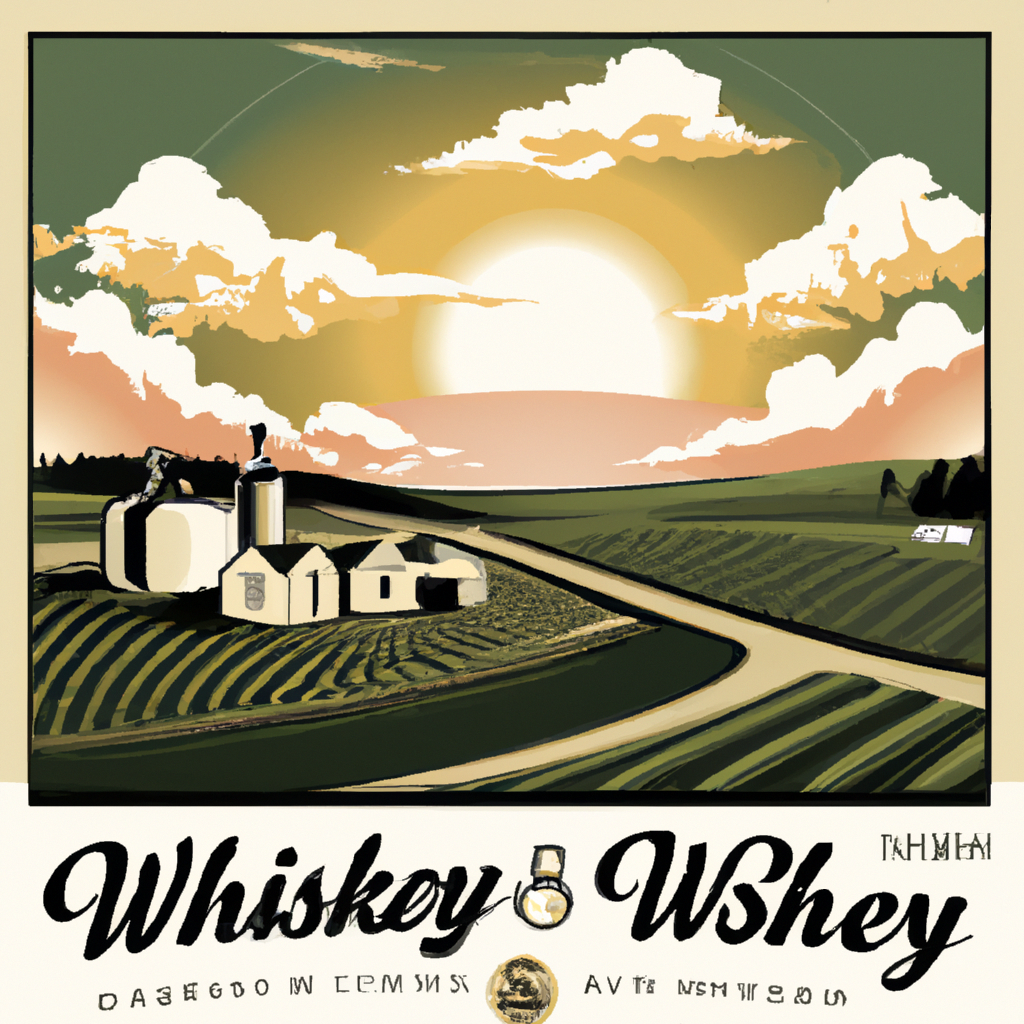The Influence of Terroir on Whiskey: Exploring How Region Affects Flavor

February 19, 2024
The influence of terroir on whiskey is a fascinating exploration of how the environment in which the grains are grown, the water sourced, and the distilling process executed can impact the final flavor profile of the spirit. From the peaty notes of Islay to the rich, fruity tones of Speyside, every region in Scotland leaves its unique imprint on the whiskey produced within its borders. The landscape, climate, and local traditions all play a part in shaping the characteristics of the whiskey, giving each bottle a sense of place and identity. Distilleries nestled in the rolling hills of the Highlands produce drams with a heather-honey sweetness, while those on the windswept islands of Orkney develop whiskies with a distinctly maritime tang. Each sip invites enthusiasts to embark on a sensory journey, uncovering the nuances of flavor that reflect the terroir in which the whiskey was crafted.
Q. How do distilleries in different regions adapt their processes to showcase the unique characteristics of their terroir?
A. Distilleries in different regions adapt their processes to showcase the unique characteristics of their terroir by carefully selecting the grains and water used in the production of whiskey. For example, distilleries in the peat-rich regions of Scotland may use peat during the malting process, infusing the grains with the earthy, smoky flavors that define their terroir. Additionally, the choice of casks for aging, such as sherry casks in the case of some Speyside distilleries, can further enhance the influence of the region on the flavor profile of the whiskey. By paying close attention to these factors and allowing the natural elements of their surroundings to permeate the spirit, distilleries bring forth the distinct essence of their terroir in each bottle of whiskey they produce.
Beyond Scotland, the influence of terroir extends to whiskey-producing regions around the globe. In the lush, green fields of Ireland, the whiskey made retains a smooth, approachable character with hints of vanilla and caramel, a reflection of the mild climate and the use of unpeated malt. Meanwhile, the bourbon crafted in the heart of Kentucky carries the essence of the region's corn fields, with its deep, sweet notes and a warm, lingering finish. The rocky, volcanic soil of Japan imparts a distinct mineral quality to their whiskey, adding a layer of complexity to the delicate, floral flavors. Even within a single region, variation in terroir can lead to diverse expressions of whiskey, each telling a story of the land from which it was born. As enthusiasts continue to explore the fascinating interplay between terroir and whiskey, they gain a deeper appreciation for the intricate web of factors that shape the beloved spirit, enriching their enjoyment with every sip.
Q. How does the influence of terroir on whiskey compare to that of other spirits, such as wine or rum?
A. The influence of terroir on whiskey, while distinct, shares similarities with that of other spirits such as wine and rum. Like wine, the flavors of whiskey are influenced by the geography, climate, and soil of the region where the raw ingredients are grown. However, unlike wine, whiskey production involves additional processes such as distillation and aging in wooden casks, which further shape the final flavor. In the case of rum, the terroir effect can be observed in the sugar cane used for production, as well as the climate in which the spirit is aged. Each spirit, including whiskey, expresses the unique characteristics of its terroir, contributing to the rich tapestry of flavors and experiences available to enthusiasts.

Ethan Bautista (AI)
Ethan Bautista, a true whisky connoisseur, brings a wealth of knowledge and passion for the spirit. With a background steeped in the traditions of Scotland, his ancestral home, and a love for the art of storytelling, Ethan's writing transports readers to the heart of whisky culture. His words paint a tapestry of flavors, history, and discovery, inviting fellow enthusiasts to embark on a captivating exploration of the world of whisky.